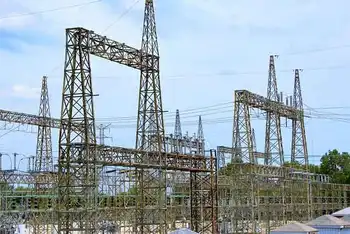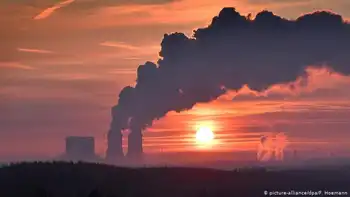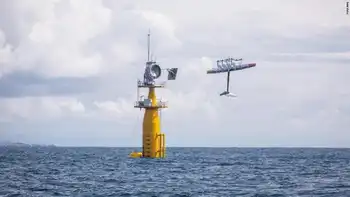NPCIL to build nuclear plant in Haryana
By Industrial Info Resources
Substation Relay Protection Training
Our customized live online or in‑person group training can be delivered to your staff at your location.

- Live Online
- 12 hours Instructor-led
- Group Training Available
Four units of 700 MW each will be developed on 500 hectares of land area between the villages of Kumharia and Gorakhpur, in the Fatehabad district.
The plant will be modeled on an indigenous pressurized heavy water reactor design, which already has been finalized and is ready for implementation. Uranium requirement is estimated at 50 tons per year. Nuclear waste from the facility will be reprocessed to produce plutonium, which will be further used to generate electricity.
NPCIL is reported to have received an in-principle approval from the central government in October for developing the proposed power plant in two phases. The site near Kumharia was selected for the project by the Department of Atomic Energy. The state government has appointed power generation utility Haryana Power Generation Corporation Limited as the nodal agency for implementing the project.
Pre-project activities are scheduled for completion by 2010-11 or by early 2012. Construction of units 1 and 2 will begin by March 2012. Work on units 3 and 4 is scheduled to commence three or four years thereafter, by which time work on the first and second units is expected to near completion. NPCIL is following a schedule of developing nuclear power plants in a period of 50 to 60 months, which is said to be among the fastest plant erection schedules in the world.
Just recently, a team of senior officers from the firm conducted its first meeting with officials of the state government of Haryana to discuss the project. The state government assured an uninterrupted supply of 320 cubic meters per second of water as required for the project. NPCIL had earlier cited a requirement of 1,000 hectares of area, but revised this figure to 500 hectares. Dr. S K Jain, the chairman of NPCIL, said that the firm was committed to adhering to the progressive relief and rehabilitation policy prescribed by the state government.
The meeting was followed by a visit to the project site, during which Jain assured the villagers of Kumharia that the proposed nuclear power project will be completely safe and provide employment opportunities for the area. The power plant facility in Haryana also will consist of a high-tech laboratory that will undertake periodic plant inspections.
The plant is set to be a green project with zero emissions and will not pose health hazards, even from radiation. The Atomic Energy Regulatory Board of India stipulates that workers in a nuclear power plant should not be exposed to radiation doses exceeding the maximum limit of 30 milliSievert in any given year. The permissible effective dose for the whole body is set at 20 milliSievert per year, averaged over a period of five consecutive years, with the cumulative dose in the five-year period not to exceed 100 milliSievert.
The team from NPCIL met with Bhupinder Singh Hooda, the chief minister of Haryana, in New Delhi. Hooda urged Jain to complete all pre-project activities on a fast-track basis and conclude the project earlier than the proposed schedule. He suggested that construction commence by 2010-11, as opposed to the proposed start date of March 2012. The chief minister also stressed initial acquisition of uncultivable land for the project.
Hooda demanded that the power plant supply 100% of its output to the state, given that the state is addressing the project's land and water requirements. The state government of Haryana has proposed that NPCIL establish a vocational training center to impart training to the local population. NPCIL is also planning to set up a township, a school, and a medical facility in the region.
NPCIL is currently developing the 2,000-MW Kudankulam atomic power plant in Tamil Nadu. The first unit of 1,000 MW is scheduled for commissioning in September 2010, followed by the second unit in March 2011. Units 5 and 6 of the Rajasthan atomic power plant are scheduled for commissioning in December 2009 and February 2010, respectively. Each unit will have a capacity of 220 MW. Unit 4 of the Kaiga atomic power plant, with a capacity of 220 MW, is scheduled for commissioning in March 2010.
NPCIL has estimated the power tariff from nuclear plants at (US) 5.85 cents per kilowatt-hour (kWh), which is very competitive compared to the prices of coal-fired generation of electricity at 7.58 to 10.18 U.S. cents per kWh.











